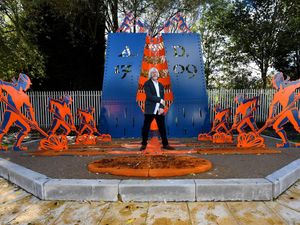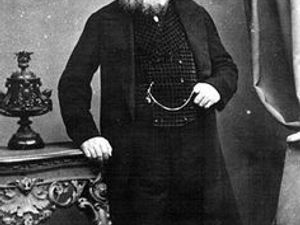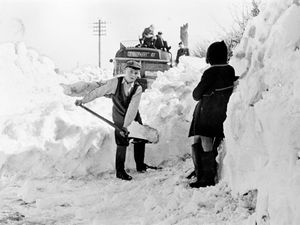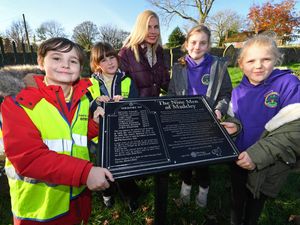Attic find reveals the 1960s politician who gave Telford its good name
Who came up with the name 'Telford' for the new town created in east Shropshire in 1968?
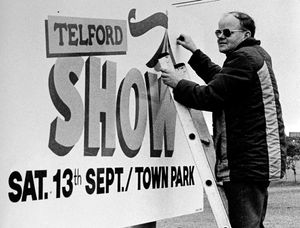
At the time that name came as a complete surprise. It had been imposed from the top.
Literally nobody locally had suggested naming the town after Thomas Telford, the great Scottish civil engineer. Most favoured name locally was 'Wrekin', but with also support for keeping the name Dawley in what had hitherto been Dawley New Town.
Step forward Anthony Greenwood, the housing and local government minister in the late 1960s Labour government.
Honouring the famous roads and bridges builder was his idea. And now an original letter found during a clear-out of a Shropshire loft has confirmed not only his hand in choosing the Telford name, but has revealed that he was pretty pleased with himself about it.
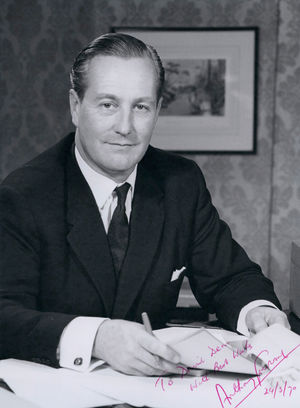
The letter is dated September 30, 1977, and was sent to Lord Northfield, the chairman of Telford Development Corporation, the government-appointed body set up to create the new town.
By that time Tony Greenwood had been made a peer, Lord Greenwood of Rossendale.
"My dear Don," it began – Lord Northfield was Don Chapman, the former Labour MP for Northfield in Birmingham.
"I was delighted to get your letter. As you know Telford was one of 'my' five New Towns and I have always been frightfully pleased by my choice of a name."

Other official documents recovered from that attic by a reader, who does not want to be identified, chart some of the key issues facing the corporation as it aimed to shape its legacy and arrange to dispose of its assets during its final years in the 1980s in the run-up to its final demise in 1991.
They were exciting times. The town's economy was at last buoyant, employment was soaring, there were grand plans and schemes, and even victory in the Britain in Bloom competition, and a Beautiful Britain award for its landscaping.
One judge wrote: "There are few occasions when the floral impact of a town centre takes one's breath away. The floral display at Telford does just that."
Among the dreams in those heady days was a plan to build a theatre in Telford, which would have in effect been the corporation's parting gift to the town, funded to an extent by the sale of the town's shopping centre.
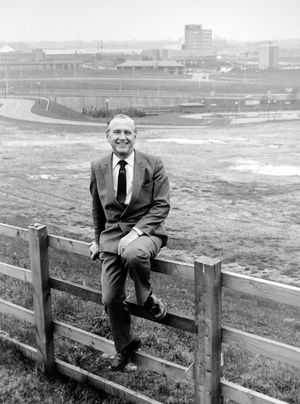
Another grandiose scheme might have seen the advent of a Telford racecourse opposite the Apley housing area. There was an approach by a racecourse company looking for a site for an all-weather and grass racecourse with grandstand.
Then there were long-running problems, with difficulties with one of the town's main community events, the Telford Show, and a dispute over a leaky flagship office building, Darby House.
Darby House, with its mirrored glass finish, was a futuristic and prestigious addition to the town centre which was seen as a symbol of Telford's hi-tech image.
Built for the corporation in 1981 at a contract cost of £2.4 million, it was at the centre of a protracted wrangle because it leaked through the window surrounds in heavy rain, especially in high winds.
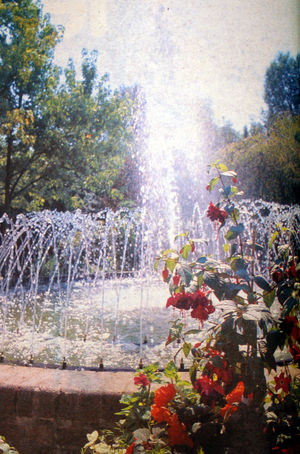
The corporation and construction firm Henry Boot blamed each other, with the corporation saying the constructors should fix it, while Henry Boot blamed the corporation architects who designed the building.
The documents reveal that the corporation launched an action against Henry Boot and glazing subcontractor Astrawall to recover the cost of replacing the faulty windows – £850,000.
However, a settlement was reached in late 1988 in which Henry Boot and Astrawall paid a total of £233,900 to put things right, with the corporation having to find the remaining £86,100 towards total refurbishment costs of £320,000 – the more radical alternative of replacing the curtain wall would, with added fees, have cost approaching £1 million.
As for the theatre idea, in January 1989 corporation chiefs visited a number of municipal theatres, and a report to board members said "of those visited the theatre at Dartford appeared to offer the best example of what might be achieved in Telford. There, a thriving theatre was operating with subsidies limited to about £400,000 per annum. The chairman (Frank Jones) was hopeful that something similar could be achieved in Telford with the co-operation of Wrekin District Council."
Cost was at first put at about £8 million with another £900,000 for visual arts accommodation and a studio theatre. It seems that after architects drew up a design it was realised that the theatre would cost more than had been thought, and it would not be possible to build it before September 1991, when the corporation wound up.
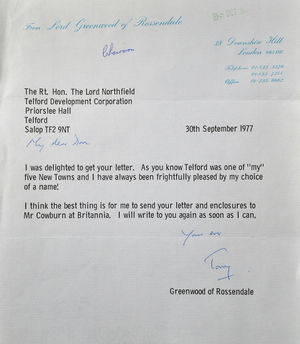
Older Telford folk will well remember the Telford Show which was first held in August 1976 as Telford Super Saturday.
Intended as a one-off, it became an annual extravaganza in the town park aimed at fostering a whole-town community spirit.
But after eight years the corporation handed over the reins to a voluntary group called the Telford Society, backed by financial support from the corporation which was being reduced every year.
The plan was that by the time the corporation wound up, the show could be self financing.
Sadly even with the corporation subsidy and with changes to the format and a switch to August Bank Holiday Monday, it continued to make a loss. The first year Telford Show was held with no subsidy in 1989 it made a loss, but it made a profit the following year.
However the 1991 show lost £12,500 and saw attendance drop from 17,500 to about 10,000, and in 1992 it was decided not to hold it again.
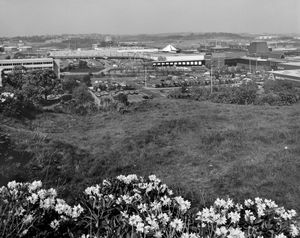
The documents show how the opening of Ironbridge bypass was postponed due to concerns about the embankment which carried the road over Lydebrook Dingle, although an expert investigation later declared it safe.
Telford shopping centre, which before being sold was the corporation's largest, most valuable and important property asset, was going from strength to strength.
A survey in 1988 showed that the number of shoppers had risen by 45 per cent over three years, and people were coming from further afield than ever.
However the flip side was demonstrated by a 1987 survey of shopping in Oakengates centre. It showed that the number of shoppers there had fallen by 28 per cent since 1981 and turnover during that period had fallen by 60 per cent, with a massive decline in non-food trade.
Asked Oakengates' main drawbacks, chief complaint was too few shops, mentioned by 45 per cent of those questioned, and empty shops (17 per cent).


